Autumn Bowling Green Maintenance and Renovation
This is the time of year that bowling clubs are winding down for the end of the playing season, but it is also when good planning and execution of the Autumn renovation programme will ensure that the condition of your bowling green will be first class for the start of the following seasons play.
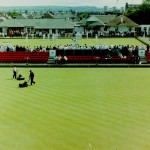
Bowls clubs have a great advantage over most sports turf maintenance operations as bowling greens close for the Winter which makes the Autumn renovation programme so much easier, and if done properly, much more successful.
The first step a bowls club should take as soon as the bowling green closes for play is to increase the height of cut to between six and 8mm (one quarter inch or just above) for the duration of the Autumn and Winter mowing.
Bowling Green Aeration
The first part of the renovation should be to aerate the green, particularly the heads. My personal preference is to slit tine rather than solid tine or hollow coring as I have experienced much more success with this method. I certainly would not recommend hollow coring unless the green is in very poor condition as it can encourage annual meadow grass invasion and an unstable surface. Always slit in the same direction as it is more effective and also avoids splitting the turf into sections which can pull out easily. The most worn areas on the heads should also be hand forked to further relieve any compaction.
Scarifying Your Bowling Green
Scarifying is the next operation, the depth and severity being determined by how much thatch is present. If thatch is a problem then it may well be worth scarifying in two directions to remove as much as possible. I am assuming here, of course, that these operations are carried out as soon as the season is finished as there will then be enough growing time to fill in the sward before any hard frosts can damage the grass crowns.
Green Overseeding and Applying Soil Conditioner
The next step is to overseed any badly worn areas on the heads with a good quality bowling green seed mix, it is worth paying a little extra to ensure you get the best seed as, for the quantity involved, it will not cost much, but will be a lot better for your bowls club in the long term.
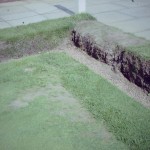
I like at this point to apply soil conditioner, I have always used seaweed meal, particularly on the most worn areas, but over the whole green preferably, and a low nitrogen Autumn fertiliser along the lines of NPK 3.0.12+magnesium and iron to help the sward fill in any gaps and provide some moss control. If there are any wet sour areas a dressing of granulated charcoal, along with a little extra forking, will help to alleviate the problem.
Top Dressing your Bowling Green
The final operation in the renovation programme is an application of topdressing. Straight sand should be used but it must be long term as switching between a mix and straight sand causes a multitude of problems. Whatever is used must be of good quality that has been tested and cleared by a reputable laboratory to ensure it will not cause drainage problems, I like at least seventy five per cent of the sand to be in the half to three quarter mm range for optimum performance. The required application rates will vary a little depending on the severity of the previous operations but on average around two kilos per square metre would be a good Autumn dressing, ensuring it is well brushed in using a drag mat or a tru-lute to give a smooth level surface.
One final note on the Autumn renovation, many clubs make the mistake of then just leaving the green to its own devices until the next Spring. If you want a good quality green right from the start of the season then it has to be looked after right through the Autumn and Winter. Look out for another article on this subject, which will include the important subject of bank maintenance.
In the meantime if any bowling clubs require further information or some advice, then do not hesitate to contact me via e-mail or on the phone.
All the best,
Duncan.

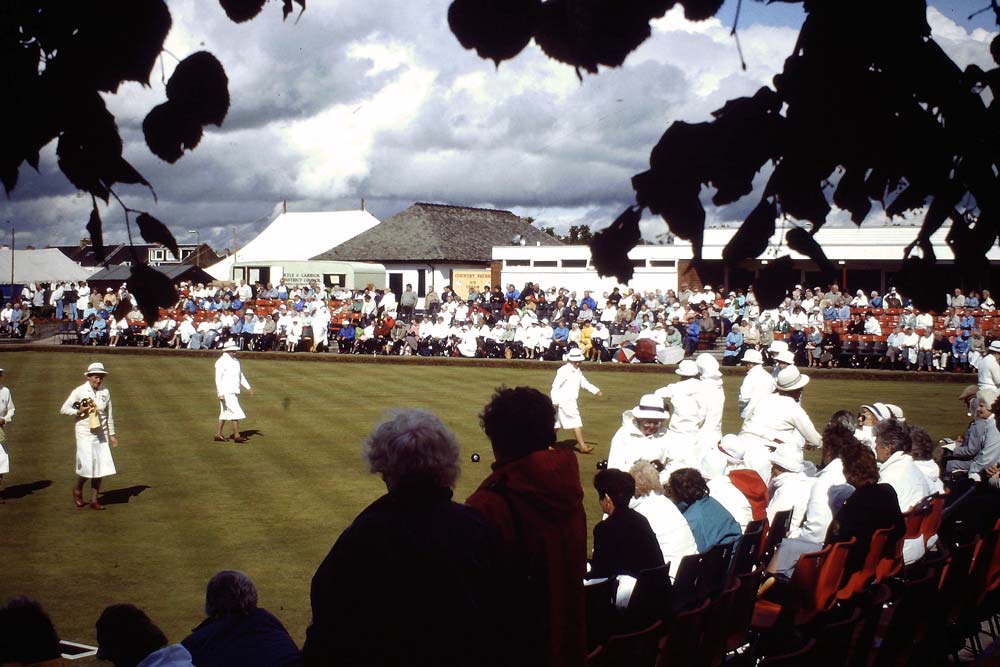
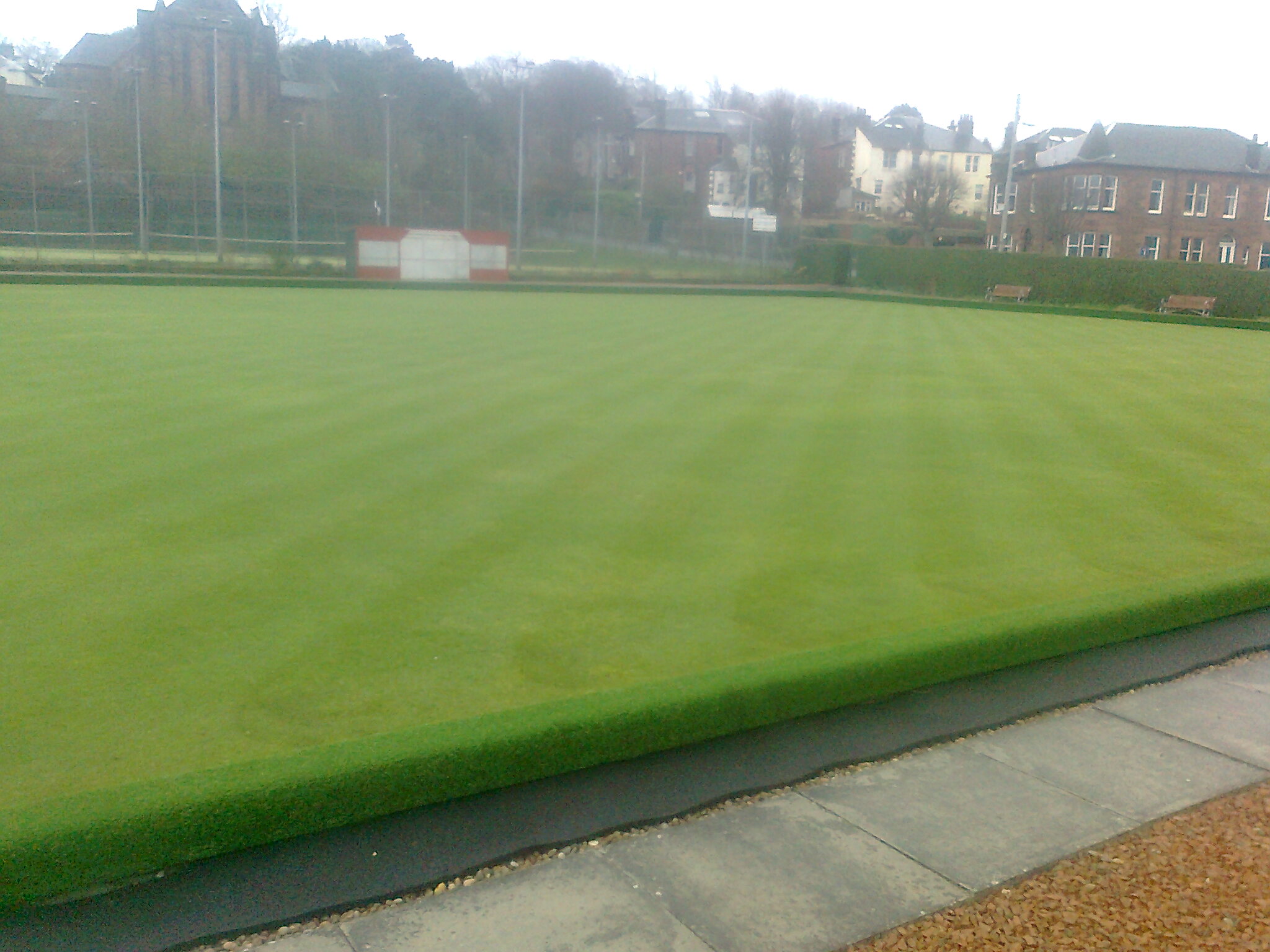
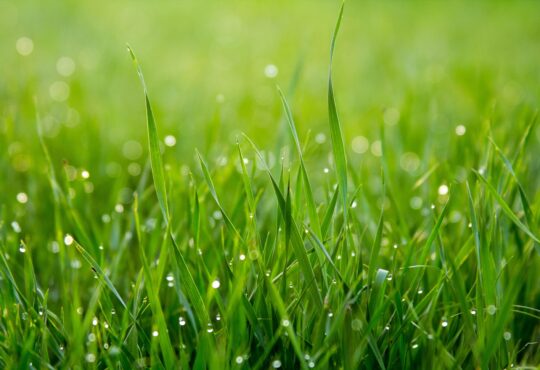
Would like as much information as possible to obtain good running speed and machine cutting heights.
we hollow tined scarified seeded and dressed with washed sand in september, but the green is not growing well and is very patchy and bumpy in places.we tried some extra seeding in may because of late frost but still not growing well.have put liquid fertilizer to help boost it but still not doing much.any tips would be much appreciated.
Hi Tommy, There is a full guide to bowling green maintenance on this web site, including over seeding. The most important thing is to ensure good contact with the soil when applying seed, so using a machine such as the Graden, or at the very least a good scarifier, are important. Top dressing with good quality sand, and seaweed meal, is also important to aid germination.
I hope things improve for you.
Duncan.
I have low spots on the bowling green … Can I lift the turf, raise the level by filling with a garden Centre compost(mixed with top dressing) and then relay the turf.
Or should I raise the level with top dressing only be fire relaying the turf